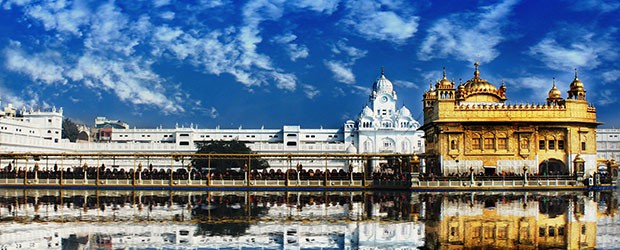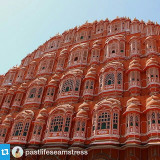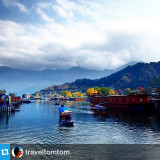Random image from our India photo collection

Tamil Nadu
History
Tamil Nadu was ruled by three major dynasties - the Cholas in the east, the Pandyas in the central area and Cheras in the west. This was during the Sangam Age - the classical period of Tamil literature - that continued for some 300 years after the birth of Christ.
The Pallava dynasty was influential particularly in the 7th and 8th centuries. In the 13th century, with threats of Muslim invasions from the north, the southern Hindu dynasties combined and the empire of Vijayanagar, which covered all of South India, was firmly established.
However, by the 17th century, due to the disintegration of the Vijayanagar Empire, various small rulers like the Nayaks ruled southern India.
By the middle of the 18th century, there were frequent conflicts between the British, French, Danes, and Dutch due to their interest in these areas. The British were finally victorious, while small pockets like Pondicherry and Karaikal remained under French control.
Under the British rule, most of south India was integrated into the region called the Madras Presidency. In 1956, the Madras Presidency was split up and Tamil Nadu was established.
Go back
The Pallava dynasty was influential particularly in the 7th and 8th centuries. In the 13th century, with threats of Muslim invasions from the north, the southern Hindu dynasties combined and the empire of Vijayanagar, which covered all of South India, was firmly established.
However, by the 17th century, due to the disintegration of the Vijayanagar Empire, various small rulers like the Nayaks ruled southern India.
By the middle of the 18th century, there were frequent conflicts between the British, French, Danes, and Dutch due to their interest in these areas. The British were finally victorious, while small pockets like Pondicherry and Karaikal remained under French control.
Under the British rule, most of south India was integrated into the region called the Madras Presidency. In 1956, the Madras Presidency was split up and Tamil Nadu was established.
Go back









